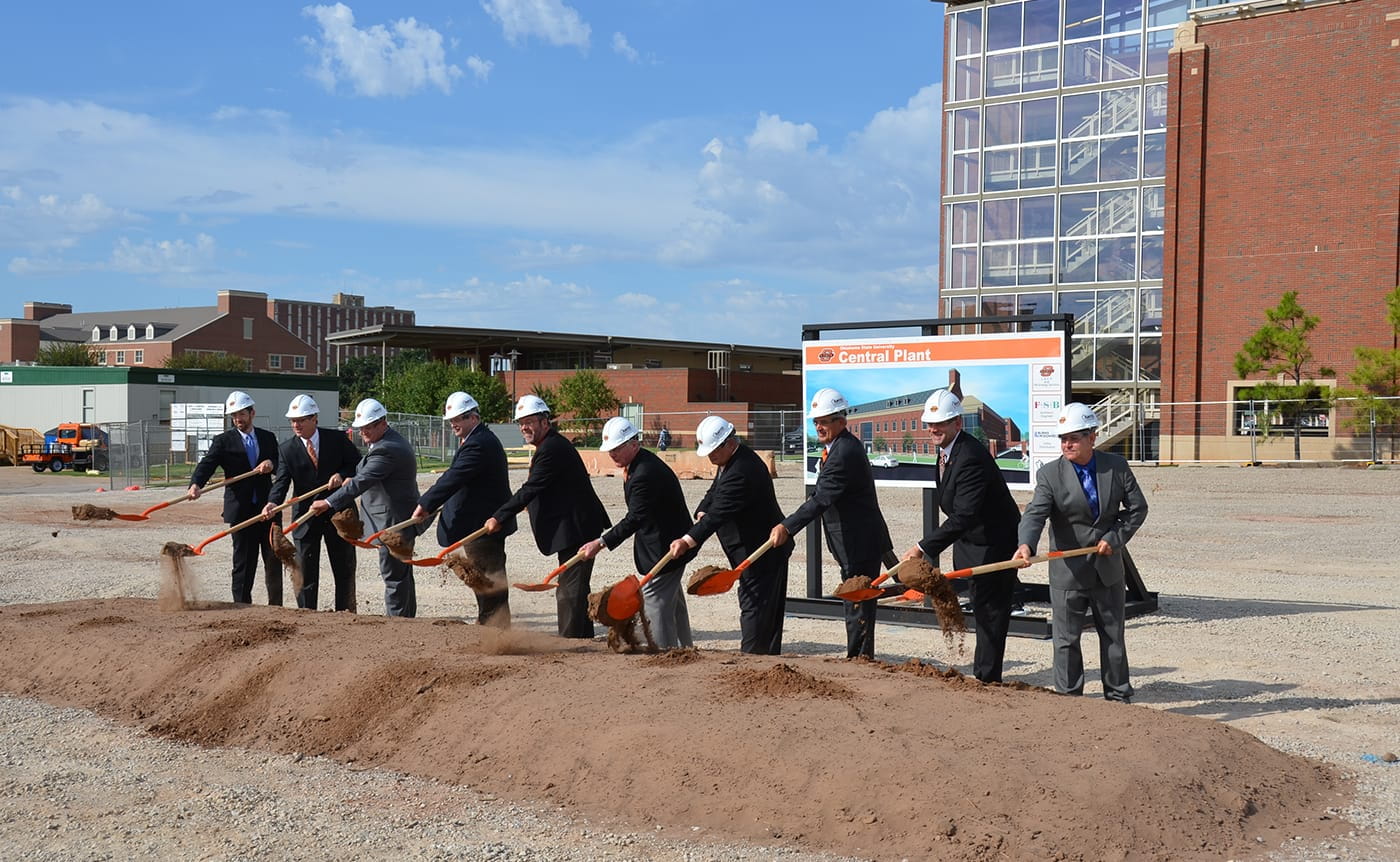As higher education budgets tighten and environmental consciousness grows, university administrators are turning to the mechanical engineers of FSB now more than ever in search of solutions for reducing energy usage and lowering monthly utility costs. The historic buildings and sprawling campuses that characterize many higher learning institutions require huge amounts of energy, but appropriately adjusting or upgrading heating, cooling and lighting systems can quickly lead to six-figure annual savings.
The key to maximizing savings, FSB Principal Brian Sauer said, is a highly individualized approach beginning with an interview with the client and a thorough building walk-through, followed by careful analysis to guide a decision-making process.
“Most people think they can simply apply something they read in a trade publication, and it’s not that simple because every building and campus is so unique,” Sauer said. “My goal is always to thoroughly evaluate each structure, understand its function and present models to the client before making any decisions. It is so important to evaluate where the most energy is being wasted and determine which adjustments offer the best return on investment.”
To predict potential energy savings, FSB’s team of mechanical engineers reviews utility bills, lighting and print-outs from chillers and pumps, which offer insight into the amount of energy each piece of equipment regularly uses. Based on their assessment, FSB can accurately model the buildings’ existing systems and predict how adjustments might affect energy usage.
For example, the firm was hired to replace the WWII-era boilers and 30-year old chillers in Oklahoma State University’s old central plant, which provides steam and chilled water for buildings throughout campus. FSB’s engineers began the project by creating a campus utilities master plan to understand how the buildings were performing and determine where on campus the plant should be located. They also factored in buildings slated for construction to predict heating and cooling needs as far as 20 years into the future.
“For Oklahoma State, adding on to the existing plant would not be as cost-effective as building a new plant because of the added energy efficiency a new plant could provide,” Sauer said. “It is so critical to have a campus evaluated by a professional engineer so money can be spent wisely. We can make sure the rate of return is there.”
Oklahoma State broke ground on its new plant in September 2015, and Oklahoma State Director of Energy Services James Rosner said when the project is complete and the plant is powered on the university will begin to save $350,000 annually in utility expenses alone, and about $120,000 in reduced annual maintenance expenses as the new equipment will require fewer repairs.
“The more efficient equipment, the refined procedures, and the technology that’s being put in — we’re going from WWII surplus equipment to cutting-edge technology,” Rosner said. “We’re being brought into the twenty-first century.”

In addition to the initial efficiencies, Rosner said the central plant designed with the future in mind — to accommodate the campus’ anticipated growth. The building includes space where the university can add additional heating and cooling equipment without requiring a renovation.
Administrators at another Oklahoma university, Oklahoma Christian University in Edmond, reached out to FSB in 2006 with a similar need — to keep buildings consistently cooler, conserve energy and reduce the campus’ monthly utility expenses. Oklahoma Christian didn’t have a central plant at the time.
After studying the school’s energy usage, FSB found that consolidating the campus’ heating and cooling equipment to one location would reduce the utility bills related to heating and cooling by about 40 percent, or about $500,000 per year.
“We knew Oklahoma Christian was planning to start construction on a large new dorm building and calculated that if we switched them over to a central plant, all the energy for this new dorm would essentially be free, because the amount that we were saving was more than that building would use,” Sauer said. “After we got the central plant installed and followed up with them, they said ‘That’s true. We use so much less energy than we did.’”
While renovating or reconfiguring heating and cooling systems is one strategy that, when appropriately applied, can bring major utilities and maintenance savings, this is one of many tools FSB’s mechanical engineers might recommend to a client. Others include ground source heat pumps, LED lighting, solar panels and automated controls. The team has worked to improve efficiency in buildings for many industries, as well as in many parts of the world. Sauer said each project begins with understanding factors like size of maintenance staff, age and composition of a building, and usage. For example, on a college campus a lab has very different needs than an administrative office. Even the geography and climate where the building is located is a factor.
“Solar panels make a ton of sense for some of our projects in California,” Sauer said. “They get plenty of sun, energy is more expensive, and you don’t have four-inch hail stones damaging panels every two or three years like we would in Oklahoma. Our engineers work all over the world, and every day we are exposed to different types of technology and utility rate structures.”
The art, Sauer said, lies in understanding the client’s unique needs and determining which technology is the best fit.
To learn more about cost savings and energy design for your next project, contact Laure Majors at busdev@fsb-ae.com or 405.840.2931.